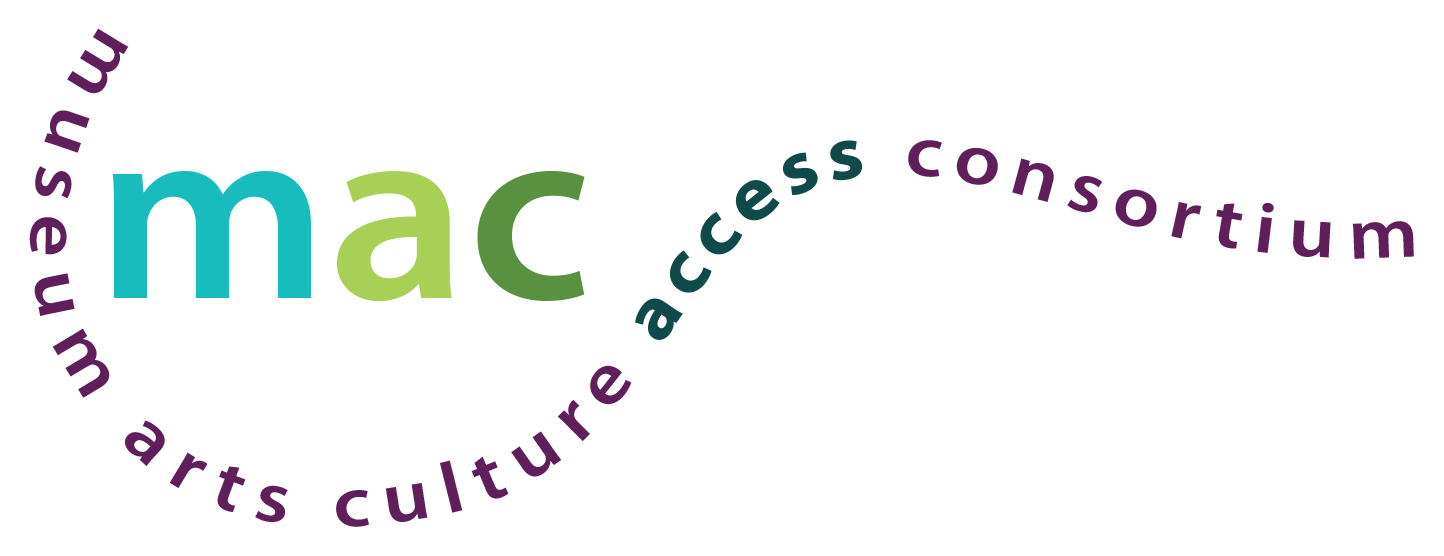18 Jan Guidelines for Accessible Presentations
The Museum Access Consortium hosts professional development seminars concerning public and programmatic access for people with disabilities. MAC strives for all presentations to meet standards for accessibility, so that all attendees can participate fully. Remember that disabilities are not always obvious. You should assume that there are audience members who will need accommodations to take advantage of visual aids, or to discern what is said. And everyone benefits from clear presentations!
We strongly urge presenters and host organizations to adhere to the following guidelines:
If you are hosting a presentation:
- Provide a meeting location that is wheelchair-accessible, including entrance, elevators, rest rooms, water fountains, and other amenities.
- Upon request, provide meeting announcements, programs and handouts in large, clear print, Braille, digital format or as an audio file. For large, clear print use a sans serif font in at least 18 point, with ragged right margins. Use black or very dark print – at least 70% contrast – on non-glossy white or pale colored paper.
- Upon request, provide sign language interpretation, assistive listening devices and/or CART (Communications Access Realtime Translation – i.e. live captioning, like subtitles on TV.)
- Turn off the slide or data projector in small group presentations to reduce background noise.
- Request a chemical fragrance-free environment.
- Provide your presenters with guidelines for accessible presentations (see below).
If you are a presenter:
- Create your visual aids, e g. slides, overheads, or Power Point presentations, with visual clarity in mind. Place text (at least 24 point, no fussy typefaces) on a solid, contrasting background. Limit text to 12 lines per screen.
- Provide verbal description of key elements of any visual aids used during the presentation and read all text. Allow extra time when referring to visual aids, so participants have the time to look at the presentation material (slides, overheads, handouts), and then return their attention to you, the presenter.
- Provide the organizer with digital versions of presentations and handouts, so that these can be adapted into accessible formats.
- Create large print versions of your handouts. For large, clear print use a sans serif font in at least 18 point, with ragged right margins. Use black or very dark print – at least 70% contrast – on non-glossy white or pale colored paper.
- Make sure that any video clips you use are either described by you or professionally narrated with description. Provide non-judgmental descriptions of distinguishing features of the visual image.
- Speak clearly and at a normal speed unless asked to slow down. Face the audience at all times while speaking, to facilitate speech-reading. Use a microphone and speak clearly, not necessarily loudly.
- Make sure that any video clips you use are open-captioned, that is, you can see the captions on the screen.
- Repeat all questions and comments from the audience.
Copyright Museum Access Consortium, 2007

Sorry, the comment form is closed at this time.